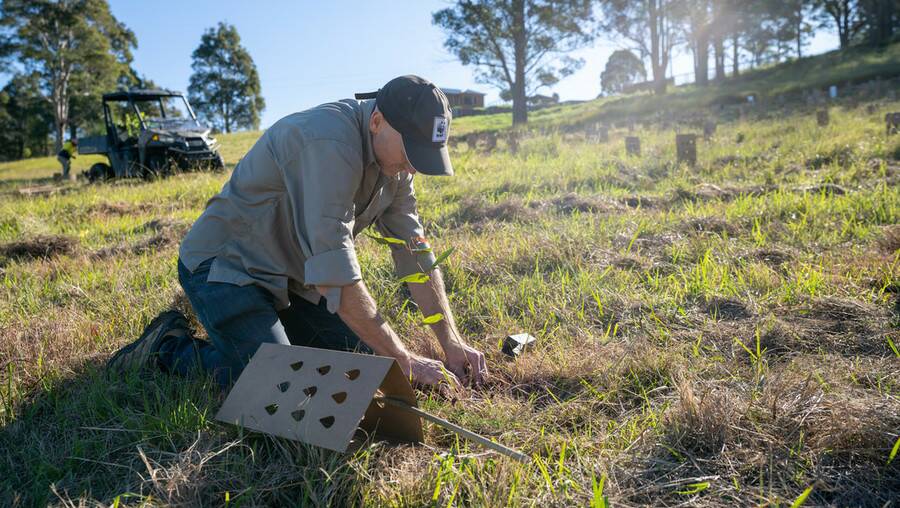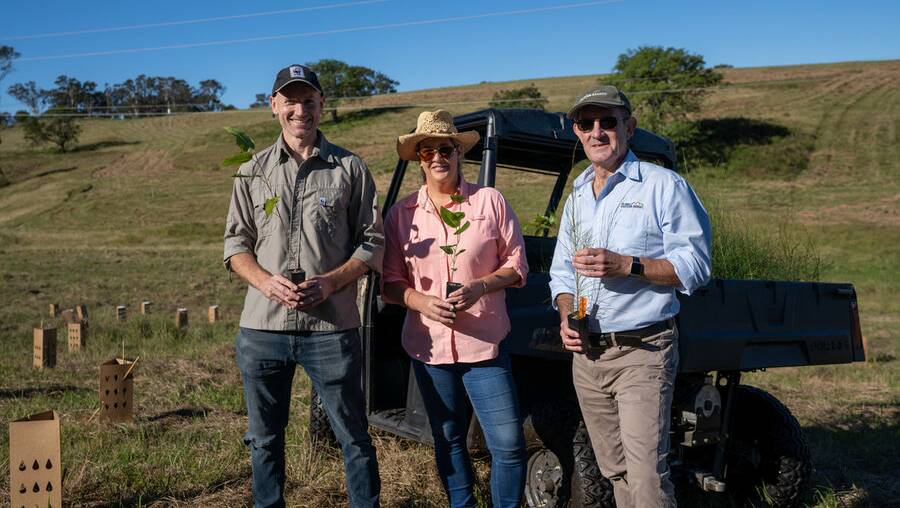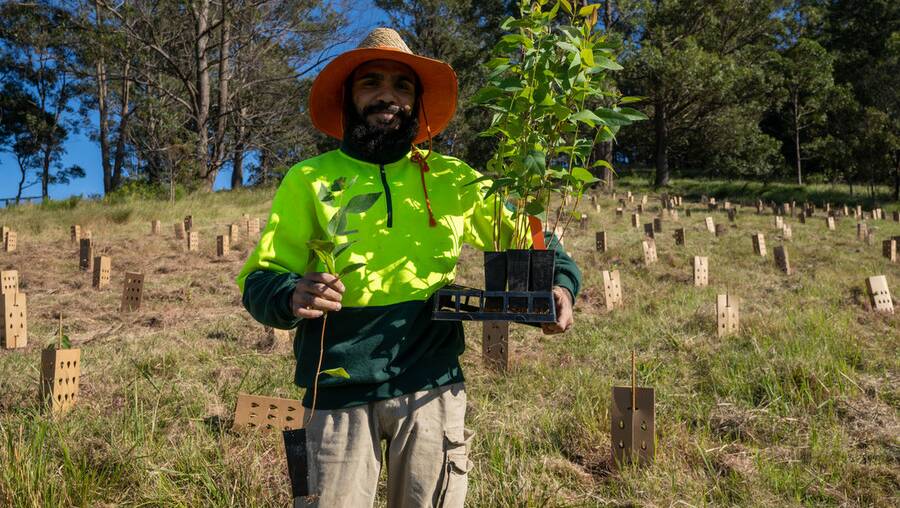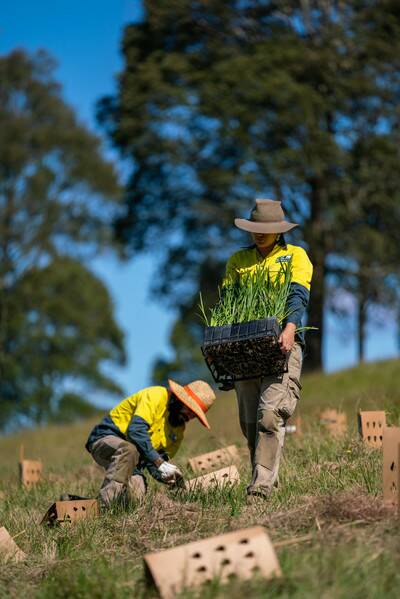Planting 150,000 trees might not sound like much when you consider Australia has lost billions to bushfires and land clearing.
Subscribe now for unlimited access.
or signup to continue reading
But planted in the right places, those trees can reconnect islands of vegetation so they can once again function as large forests, allowing koalas and other wildlife to move safely through the landscape.
That's the aim of Cores, Corridors and Koalas, a project led by Great Eastern Ranges (GER) in partnership with the World Wide Fund for Nature Australia formed in response to the 2019-2020 bushfires.

The expansive project is looking to restore and connect vital habitat for koalas and other forest-dependent wildlife across four fire-devastated landscapes in the NSW South Coast, Border Ranges, Greater Blue Mountains and Coffs Coast Hinterland.
GER said these areas were important refuges for native animals including koalas, platypus, greater gliders, lyrebirds, quolls and grey-headed flying foxes.
The group said the planting of new trees and shrubs across private properties would create corridors for wildlife, engage up to 400 landholders in capacity building events and conservation efforts, and provide local employment opportunities.
One of the first properties to be transformed was a former dairy farm that sits between Deua National Park and coastal habitat near Moruya on the NSW South Coast.

Three thousand trees have just been planted on the property, which was once cleared for dairy cows.
James and Vanessa Findlay, who bought the farm two years ago, hoped the property would become a thriving corridor for wildlife including koalas and greater gliders.
"We're lucky that only 70 of our 220 acres were cleared. These grass fields are currently a barrier for native animals so our ultimate goal is to have wildlife corridors running across all of those 70 acres," Ms Findlay said.
Trees and shrubs are also being planted at several other local properties that were previously cleared for farming.

The Cores, Corridors and Koalas project on the South Coast was being led by the Coastwatchers Association in partnership with Eurobodalla Shire Council and South East Local Land Services.
Tree planting was being done by EcoCrews, a social enterprise of Campbell Page that provides eco-friendly jobs for locals living in the Eurobodalla and Bega Valley thanks to funding from the NSW Bushfire Local Economic Recovery (BLER) fund.
Gary Howling, CEO of the Great Eastern Ranges, said Cores, Corridors and Koalas would eventually reconnect habitat across 30,000 hectares in the four fire-affected regions with local benefits combining to create impact at a whole-of-landscape scale.
"By working in multiple priority locations through our regional partnerships, we are creating corridors of effort to restore landscapes at the scale needed after the bushfires," Mr Howling said.
"The farm near Moruya is what we call an anchor property - a property that forms a central focus for on-ground works from which we radiate our efforts out. This property forms an important connection between the escarpment and the coastal reserves and provides vital habitat for local wildlife."
WWF-Australia is funding Cores, Corridors and Koalas with support from Aussie furniture company Koala and Aussie Hair as part of a bold plan to regenerate Australia following the 2019-2020 bushfires.
A report commissioned by WWF-Australia found nearly three billion animals were in the path of the devastating bushfires. This included more than 8000 koalas in NSW.

Tim Cronin, WWF-Australia's head of healthy land and seascapes, said reconnecting intact habitat would help to build wildlife resilience to future extreme weather events.
"These corridors will enable greater movement of wildlife through the landscape. This will not only build genetic diversity among wildlife populations, it will also give these animals a better chance of escaping fires, floods and other disasters that are becoming more frequent, intense and unpredictable," Mr Cronin said.
"We've cleared tens of millions of hectares across Australia. We've got to the point where we not only need to stop clearing, but also undo the damage we've done.
"It may be impractical to put that many trees back in the ground, but by restoring relatively small, but strategic areas, we can reconnect thousands of hectares of habitat and make a much larger impact for the benefit of local communities and nature."
Our journalists work hard to bring you all the latest news and information. To support us please consider subscribing, which gives you unlimited access to ACM websites across the Far South Coast and The Canberra Times. To those who already subscribe, thank you. For anyone wishing to support the work we do, please subscribe by clicking here

